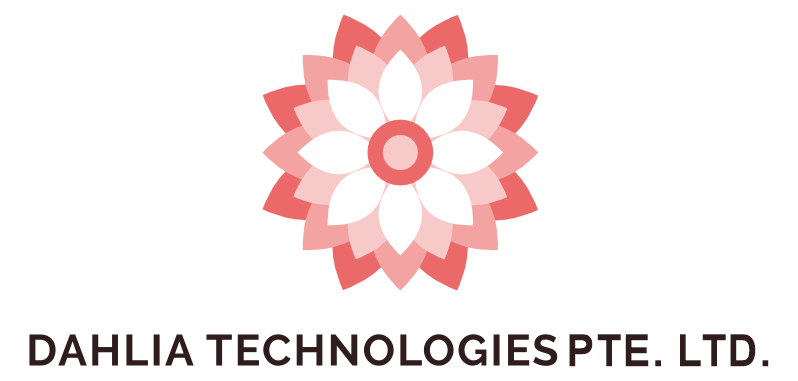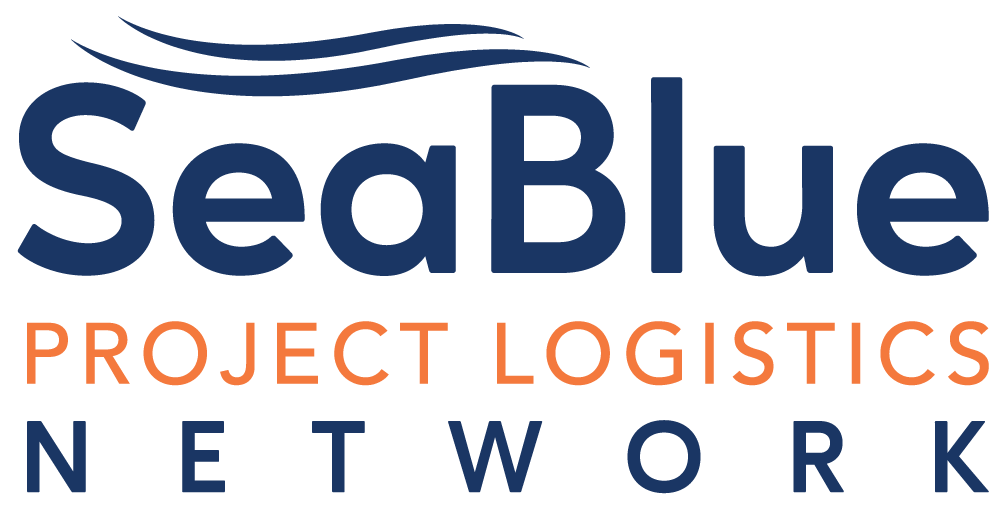Dr. Gulshan Singh on the AI Forces Accelerating Change
_1.jpg)
Breakbulk’s Leslie Meredith talks with Dr. Gulshan Singh, procurement data analytics manager at Huntsman, and adjunct professor at the University of Houston Cullen College of Engineering.
-(1)_1.jpg) Dr. Singh is not your typical reserved data expert, which I learned on our call to discuss this topic. His friendly manner and quick wit make him an instantly likeable guy. He’s full of ideas grounded in years of industrial experience. And if you want to talk about AI, he’s the one.
Dr. Singh is not your typical reserved data expert, which I learned on our call to discuss this topic. His friendly manner and quick wit make him an instantly likeable guy. He’s full of ideas grounded in years of industrial experience. And if you want to talk about AI, he’s the one.
While the long-term outlook for the human workforce will have its challenges, you won’t leave a conversation thinking “the end is near” like after a session scrolling through headlines on your news app. Instead, you’ll be thinking of possible solutions.
AI capabilities are rapidly evolving. I ask Dr. Singh what the most important trends to watch are:
1. Agentic AI
The future workforce will create millions of intelligent agents capable of performing a wide range of tasks — both knowledge-based and physical. These autonomous agents will reshape industries, redefine job roles and significantly impact livelihoods, driving a profound transformation in how work gets done.
2. Very Large Models
Large Language Models with trillions or more parameters represent the next frontier in AI. These ultra-scale models will possess the capability to tackle highly complex problems across diverse domains — from science and engineering, logistics to business and healthcare — unlocking solutions that were previously beyond reach.
3. Very Small Models
We also see highly specialized models designed to tackle narrow, well-defined challenges. Deploying a massive LLM for simple, everyday tasks is inefficient and costly, like using a semi-truck for a quick grocery run. Small models provide lightweight, cost-effective solutions for routine operations without sacrificing performance.
4. Near-Infinite Memory
Imagine advanced chips or massive data centers capable of storing data at almost unimaginable scale. This could mean capturing and preserving every detail of a person’s lifetime, essentially creating a personalized digital archive, much like JARVIS from the Iron Man movies, but available to everyone.
5. Human-in-the-Loop Augmentation
This describes the merging of biological and artificial intelligence. These systems work collaboratively with humans, who provide oversight and decision-making while AI handles repetitive and complex tasks.
6. Inference Time Compute
This capability is essential for real-time AI applications such as autonomous vehicles, fraud detection, healthcare monitoring, cybersecurity and voice recognition. While some predictions require minimal resources, others demand significant computing power. Delivering accurate inference instantly is a major challenge, but rapid advancements in hardware and distributed computing are paving the way for true real-time AI at scale.
7. More Advanced Use Cases
Imagine Large Language Models evolving into autonomous systems capable of orchestrating complex projects, managing global workforces, running entire fleets, and overseeing procurement with minimal human involvement. Beyond operational mastery, these models could push the frontiers of human knowledge, venturing into realms once thought unreachable and solving problems long deemed unsolvable.
As we wrapped it up, it was clear that in Dr. Singh’s view, AI’s advance isn’t a question of “if” or “when”, but how far it will go before the rest of us adapt. For industry, that means planning for disruption that’s already underway.
The roll-out of AI across state-backed programs in the GCC will be the focus of a main stage panel session at Breakbulk Middle East. AI in Action: From Pilot to Performance, moderated by Dr. Sven Hermann, professor of logistics and supply chain management at NBS Northern Business School, will take place on Thursday, 5 Feb from 2:00pm-2:45pm.











-(1).jpg?ext=.jpg)

_2.jpg?ext=.jpg)







